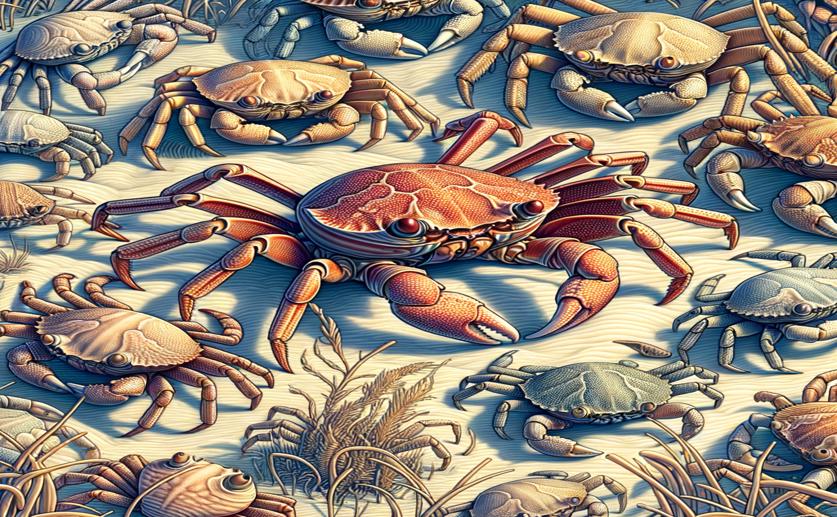
How Crabs Use Behavior to Blend Into Their Surroundings
Jenn Hoskins
10th August, 2024

Image Source: Natural Science News, 2024
Key Findings
- The study, conducted at the University of Exeter, found that furrowed crabs choose backgrounds that match their brightness to enhance camouflage
- Older crabs are better at selecting appropriate backgrounds for camouflage, suggesting improved skills with age
- Crabs showed a slight preference for more complex environments, which might aid in better camouflage
Animal ScienceMarine BiologyEvolution
References
Main Study
1) Behaviourally mediated camouflage in the furrowed crab (Xantho Hydrophilus)
Published 9th August, 2024
https://doi.org/10.1007/s10682-024-10308-1
Related Studies
2) The use of background matching vs. masquerade for camouflage in cuttlefish Sepia officinalis.
3) Colour and pattern change against visually heterogeneous backgrounds in the tree frog Hyla japonica.
4) Visual predators select for crypticity and polymorphism in virtual prey.
Journal: Nature, Issue: Vol 415, Issue 6872, Feb 2002



 12th March, 2024 | Jenn Hoskins
12th March, 2024 | Jenn Hoskins